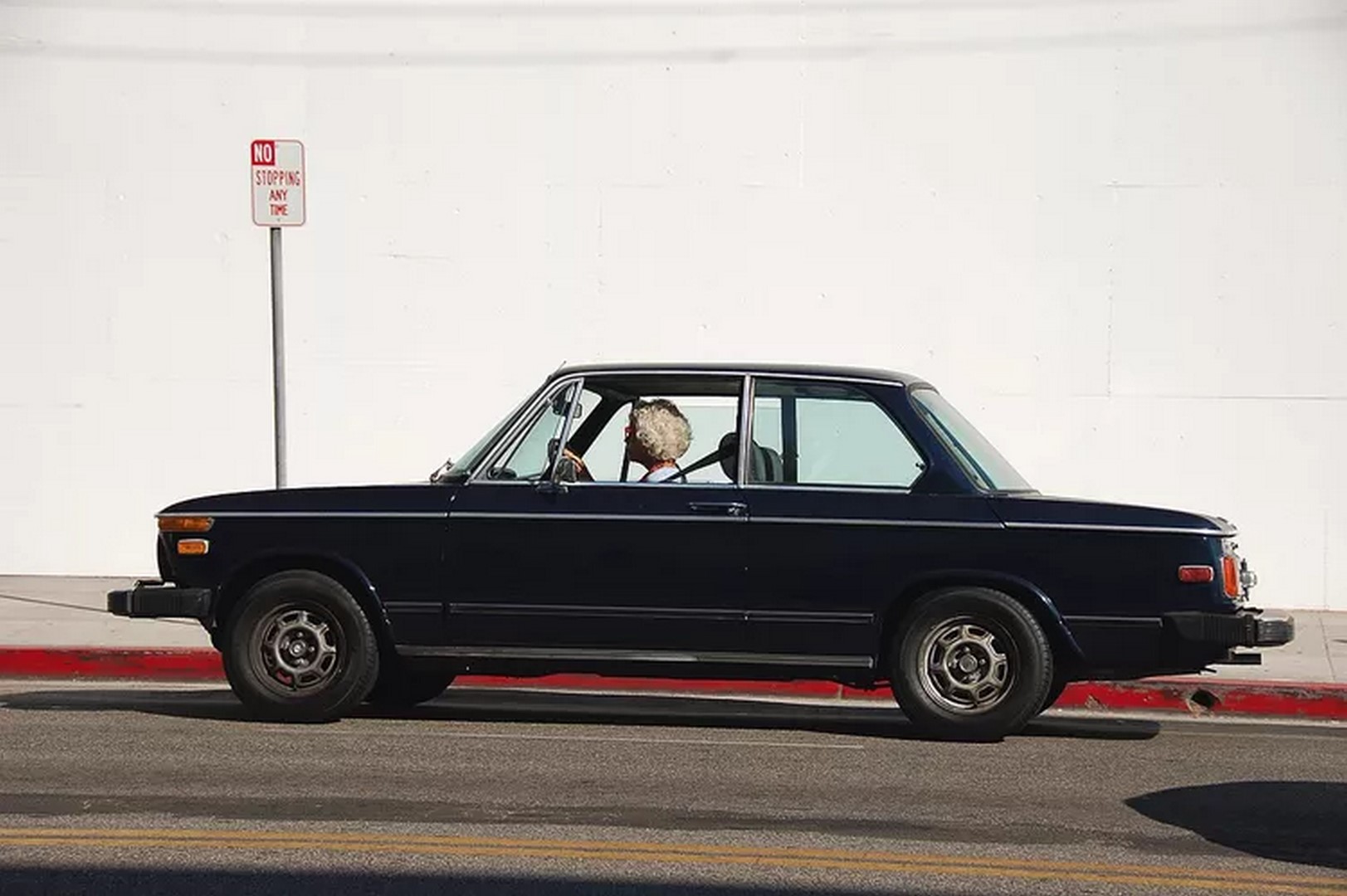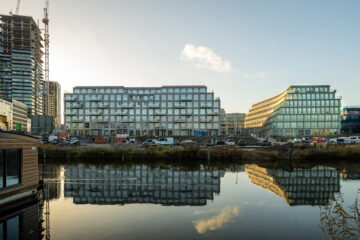What’s Keeping Older Drivers Driving? Bad Urban Design

As society grapples with the challenges of an aging population, questions about transportation and urban design have come to the forefront. For many older adults, driving represents not just a mode of transportation but a lifeline to social connections, independence, and community engagement. However, as cities continue to prioritize car-centric infrastructure, the inability to drive can lead to social isolation and limited mobility among seniors. Addressing these issues requires a fundamental rethinking of urban design to create more inclusive and sustainable communities.

The Impact of Inconsiderate Urban Design
In the context of an aging population, the shortcomings of urban design become increasingly evident. In many cities, car-centric infrastructure and sprawling suburban developments create barriers to mobility for older adults. Limited access to public transit, inadequate pedestrian infrastructure, and lack of essential services within walking distance can make it challenging for seniors to remain independent and engaged in their communities.
Recognizing the Importance of Mobility
For many older adults, driving represents more than just a means of transportation—it is a symbol of independence and autonomy. However, as cognitive and physical abilities decline with age, there comes a point when driving becomes unsafe or impractical. The decision to give up the car keys can be fraught with emotional and logistical challenges, particularly in areas with limited alternative transportation options.
Rethinking Transportation Alternatives
To address the challenges of aging and mobility, cities must prioritize alternative transportation options that cater to the needs of older adults. Investing in public transit, pedestrian-friendly infrastructure, and cycling networks can create more accessible and inclusive communities. Additionally, initiatives such as the “15-minute city,” which aims to provide essential services within a short walk or bike ride from home, can enhance the quality of life for seniors and residents of all ages.
Embracing the E-Bike Revolution
The rise of electric bikes (e-bikes) presents a promising solution for aging populations seeking alternative transportation options. E-bikes offer a convenient and environmentally friendly mode of transportation that is accessible to people of all ages and physical abilities. With features such as pedal-assist technology and lower frames, e-bikes are well-suited for older riders looking to maintain mobility and independence.
The Health Benefits of Walkable Communities
Beyond transportation, walkable communities offer a host of health benefits for older adults. Increased walkability not only encourages physical activity but also fosters social connections and community engagement. By designing neighborhoods with pedestrian-friendly streets, accessible amenities, and vibrant public spaces, cities can support the health and well-being of aging populations.
Toward Inclusive and Sustainable Urban Design
Creating age-friendly cities requires a holistic approach to urban planning that prioritizes the needs of older adults while benefiting residents of all ages. By promoting walkability, accessibility, and alternative transportation options, cities can build more resilient and vibrant communities. Moreover, by reimagining urban design through the lens of inclusivity and sustainability, we can create cities that are truly livable for people of all ages and abilities.





























